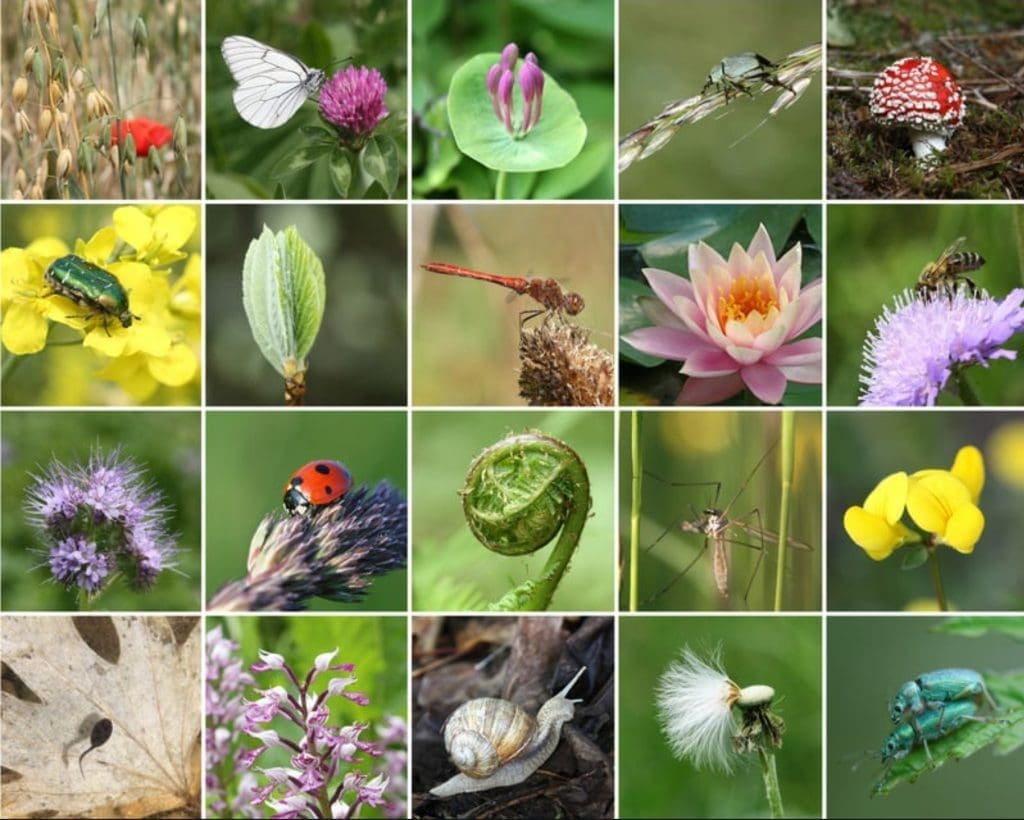Get ready for an exploration in the world of carnivorous plants!

Carnivorous plants are often seen as nature’s intriguing predators. They have captivated the attention of nature enthusiasts and curious minds for centuries as experiments and studies about them remain active until today. These remarkable organisms have evolved throughout the years of existence. Now, let’s delve deeper to their fascinating nature and explore more about their world.
What is a Carnivorous Plant?

Carnivorous plants capture insects for supplementary nutrients. Carnivory in plants has evolved independently. They vaguely attract insects, setting it as a trap for their digestion. Small carnivorous plants may eat insects, but the bigger ones can eat small mammals. Their indigestion depends on their sizes.
Mechanisms of Capture
There are different methods that carnivorous plants do to capture their prey.
Pitfall Traps

This is used by pitcher-like carnivorous plants. They have modified leaves that are forming a pitfall trap filled with digestive enzymes.
Flypaper Traps

This specific trap is used by plants with glandular structures on their leaves which exude a sticky substance causing prey to get stuck. While this happens, their digestive enzymes will proceed breaking down the capture for absorption.
Snap Traps

Carnivorous plants that possess leaves that snap shut rapidly when triggered by prey. Once closed, its enzymes will break the capture down for digestion.
Bladder Traps

This kind of trap is used by carnivorous plants with tiny bladder-like structures that create a vacuum when it can sense prey, sucking them in for absorption.
Ecological Significance of Carnivorous Plants
While they are often seen as harmful plants for their unique adaptations and nature, they play a crucial role in the ecosystem. They contribute to the regulation of insect populations. Therefore, they influence the structure and dynamics of their habitat. Additionally, some carnivorous plants provide microhabitats for other organisms, further enhancing biodiversity.

As they continue to inspire nature enthusiasts and curious scientists from their intricate trapping mechanisms and contribution to the ecosystem, this serves as a reminder of nature’s endless capacity for innovation and adaptation. We must strive to comprehend these types of plants as we gain valuable insights into the complexity and beauty of the natural world, as well as be knowledgeable about their purpose.

